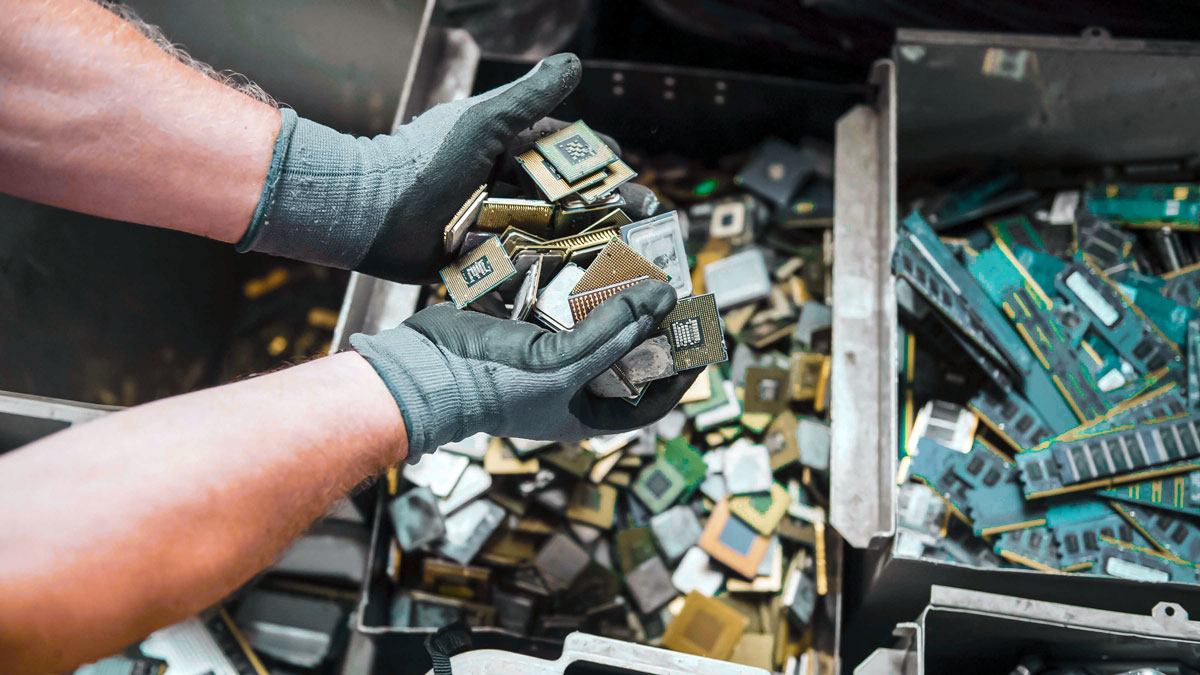The use of waste-to-energy (WtE) technology is becoming more and more attractive as a potential remedy for the economic and environmental problems of our day. This creative technique to trash management produces useful energy in addition to assisting in the decrease of landfill consumption.
As a result, communities, governments, and the environment will all benefit. Let’s examine the financial advantages of waste-to-energy and how it might benefit different industries and lifestyles.
Job Creation: Turning Trash into Careers
The ability of waste-to-energy facilities to create jobs is one of their biggest economic advantages. A broad workforce is needed at these plants, including engineers, technologists, administrative staff, and construction workers. A research conducted by the Solid Garbage Association of North America (SWANA) estimates that for every 10,000 tonnes of garbage handled annually, WtE plants generate one direct job.
Processing 500,000 tonnes annually equates to about 50 direct jobs for a typical operation. However, the effects extend beyond employment. According to the same study, a WtE plant generates 1.5 to 2 additional indirect jobs in the neighborhood for every direct job it creates. Many industries are covered by these indirect occupations, including:
- Logistics and transportation for the removal of ash and refuse collecting
- Manufacturing and maintaining equipment
- Local service and retail sectors that cater to plant employees
To contextualize this, let’s look at Florida’s Palm Beach County Renewable Energy Facility 2. More than 1,000 construction jobs were created during the construction of this state-of-the-art WtE facility. Currently, it employs 200 people full-time and can manage up to 1 million tons of rubbish annually. The economy of the community benefits greatly from these jobs, which increase consumption and tax income.
Energy Cost Reduction: Powering Communities for Less
Waste-to-energy plants present a special chance for nearby communities to lower their energy expenses. These facilities produce heat or electricity from trash, serving as a dependable baseload power supply that can partially or completely replace more costly energy sources.
In 2020, waste-to-energy facilities generated approximately 13 billion kilowatt-hours of electricity, enough to power 1.2 million households, according to the U.S. Energy Information Administration (EIA). Apart from decreasing reliance on non-renewable energy sources, this energy generation could lead to decreased electricity expenses for final consumers.
For instance, the New Jersey-based Covanta Essex WtE facility produces enough electricity to run about 45,000 homes. By supplying this local energy source, the facility lessens the need for pricey power imports during times of high demand and contributes to the stabilization of regional electricity prices.
Furthermore, WtE plants can provide district heating options, which would enable surrounding commercial and industrial buildings to have cheap heat. These plants provide over 20% of the district heating in Denmark, a country that has embraced WtE technology, resulting in substantial cost savings for businesses and individuals in terms of heating.
Increased Revenue for Local Governments
For municipal governments, waste-to-energy plants can be a substantial source of income, offsetting the expense of trash management and sometimes turning a profit. Among the revenue sources from WtE plants are:
- Tipping fees: Costs associated with receiving rubbish from governments and carriers
- Sales of energy: revenue from selling local consumers heat or energy to the grid
- Recuperated items: income from the sale of additional materials recovered during the incineration process and recycled metals
According to a World Bank assessment, depending on tipping fees and local energy pricing, a typical WtE facility that processes 1,000 tonnes of trash per day can make between $20 million and $30 million in revenue annually.
Spokane, Washington, is a practical illustration of the economic advantages of WtE. Just the sales of power at their waste-to-energy business, which handles about 800 tonnes of garbage every day, bring in nearly $5 million annually. This revenue lessens the financial load on taxpayers by partially offsetting the city’s trash management expenses.
Environmental and Economic Synergy
Waste-to-energy plants provide major environmental benefits apart from their economic ones. Waste-to-energy plants mitigate methane emissions, a greenhouse gas much worse than CO2, by diverting garbage from landfills. When compared to landfilling, the U.S. Environmental Protection Agency (EPA) estimates that WtE facilities cut greenhouse gas emissions by around one ton of CO2 equivalent for every ton of garbage processed.
Through carbon credit markets and by drawing eco-aware companies to the region, this environmental benefit can be converted into commercial opportunity. For example, it is anticipated that the previously stated Renewable Energy Facility 2 in Palm Beach County will cut greenhouse gas emissions by 1.6 million tons per year.
This is practically the same as taking 18,000 automobiles off the road annually. Such environmental credentials might increase a region’s attractiveness to businesses that make sustainability a top priority.
Challenges and Considerations
Waste-to-energy projects have many advantages, but there are drawbacks that need to be taken into consideration. WtE facilities need large initial costs, frequently reaching the hundreds of millions of dollars.
Furthermore, some localities might be against WtE plants because of worries about emissions or how they might affect recycling initiatives. To further cut emissions and increase efficiency, further innovation is required. But these difficulties are gradually being solved as technology advances and the advantages are acknowledged by a wider audience.
Conclusion: A Bright Future for Waste-to-Energy
Waste-to-energy technology has several and evident financial advantages. Waste Treatment and Energy (WtE) facilities provide a solution to waste management issues while promoting economic growth, resulting in the creation of jobs and more cash for local governments.
In the long run, waste-to-energy has a great deal of potential to support sustainable economic growth. The World Bank projects that worldwide waste generation will rise by 70% by 2050. This provides enormous potential for WtE to be a key player in waste management and energy production.
Waste-to-energy sticks out as a viable route to a cleaner. It is a way to a more affluent future with sustainable solutions, for our expanding energy needs and waste management issues.
